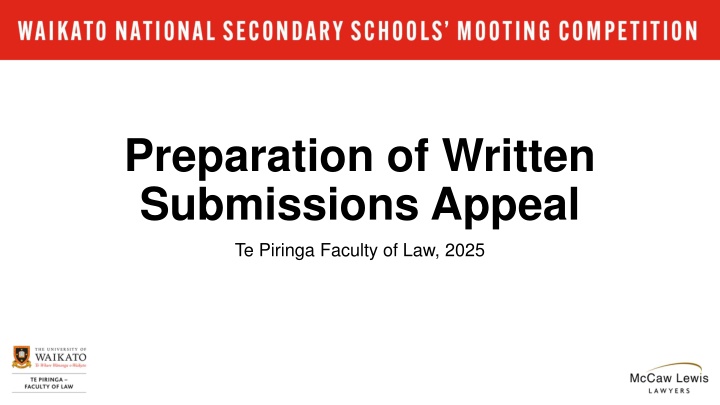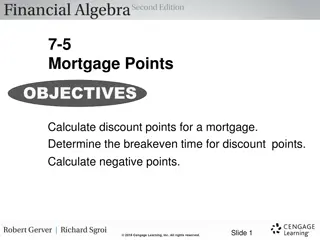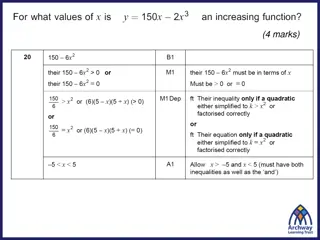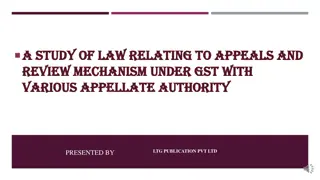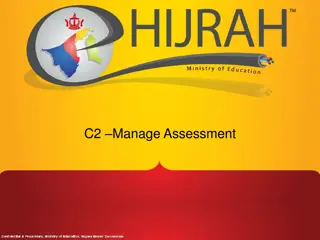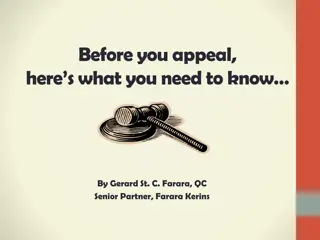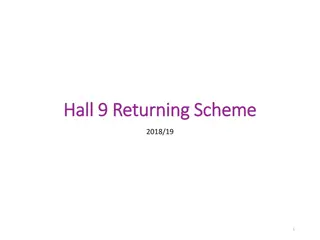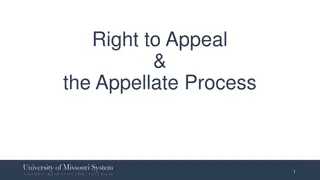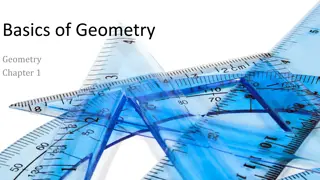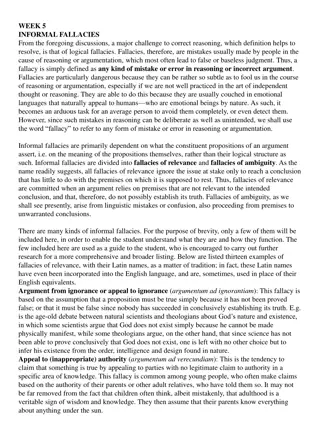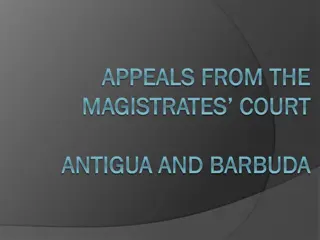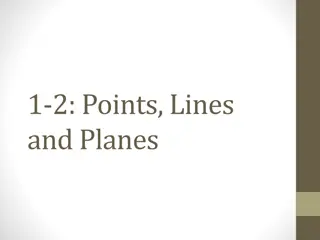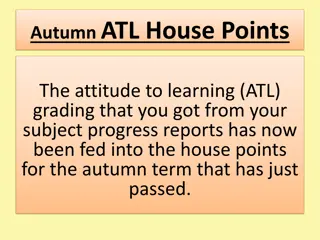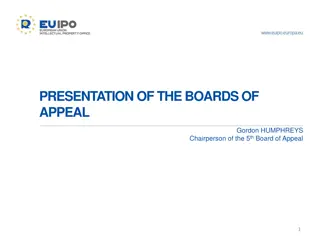Fundamental Points About an Appeal Process
Understanding the essential aspects of an appeal process is crucial. An appeal is not a re-argument but an opportunity for error correction in the lower court's judgment. Learn about the distinct tasks of an appellant and a respondent, the importance of identifying questions of law, and the initial steps in assessing grounds of appeal.
Download Presentation

Please find below an Image/Link to download the presentation.
The content on the website is provided AS IS for your information and personal use only. It may not be sold, licensed, or shared on other websites without obtaining consent from the author.If you encounter any issues during the download, it is possible that the publisher has removed the file from their server.
You are allowed to download the files provided on this website for personal or commercial use, subject to the condition that they are used lawfully. All files are the property of their respective owners.
The content on the website is provided AS IS for your information and personal use only. It may not be sold, licensed, or shared on other websites without obtaining consent from the author.
E N D
Presentation Transcript
Preparation of Written Submissions Appeal Te Piringa Faculty of Law, 2025
Fundamental points about an appeal Not a re-arguing of the case An appeal is not an opportunity to re-argue the case to have a second bite of the cherry . Error correction An appeal is all about error correction. It is an opportunity to have the Appeal Court correct any errors in the lower Court judgment. That means the questions for the Appeal Court will be: Is there an error or errors (in the lower Court s judgment)? If yes, is the error/errors sufficiently significant to affect the result in the lower Court? If yes, what should the new outcome be? The third question relates to relief. An appellant must state the relief it seeks on appeal.
Fundamental points about an appeal Different tasks of appellant/respondent: The appellant has an adverse judgment of the Lower Court. Its task is to persuade the Appeal Court that the lowerCourt s judgment is erroneous to the extent that it requires correction. The Appellant must also identify what the appropriate correction should be (i.e. what relief should be granted to the appellant). In summary: The appellant s task is to provide answers to the three questions set out above. The onus on appeal rests squarely on the appellant. The respondent has a favourable judgment from the lowerCourt.Its task isto hang on to that judgment: To fend off the appellant s assertions of error; and If appropriate, to support the judgment on other grounds. The description respondent is the key. The respondent is responding to the appellant s challenges to the Lower Court sjudgment. A respondent does not start from scratch. The respondent doesnot haveto mount its case in the Lower Court all over again.
Fundamental points about an appeal Appeals on a question of law It is necessary to identify the question/questions of law that will be argued on appeal.
Approach to assessing grounds of appeal First steps Read the judgment of the lower Court (which for the mooting competition is the findings of the High Court on the last page of the fact scenario) thoroughly then read itagain, even more thoroughly. If you are acting for the appellant draw up a list of the arguments you consider may be available on appeal (i.e. the point/points that you believe the lower Court Judgegot wrong and the reasons why they are wrong. This will become the basis for your written submissions and oral presentation. If you are acting for the respondent draw up a list of the arguments that are available to support the judgment fromthe Lower Court.
Approach to assessing grounds of appeal First steps continued The lawyers for both the appellant and the respondent should then rigorously test each of the appeal points and the arguments in support of the points. One way of testing the arguments on appeal is to ask one of your team members to play the devil s advocate and question/test your points of appeal and arguments in support. This will often expose flaws/weaknesses in your argument that are best faced up to and addressed early in the process. It will be an early taste of the scrutiny your arguments will receive from the Appeal Court Judges. Revise your appeal points and arguments in supportinlight ofthe testing exercise. Ensure that your appeal points are in logical, ordered form. Each point should be in a concise bullet point format.
Approach to assessing grounds of appeal First steps continued Confine your appeal points to those which have a real prospect of success. Drop any points you assess as being weak. That requires good judgment and couragebut it is important because: A kitchen sink approach on appeal tends to irritate and alienate the appeal Court. The Judges will be asking themselves why are these weak points being taken . That will only serve to detract from any worthwhile points you have. Conversely, an appeal limited to a point/points which has real merit is attractive to the Appeal Court because it will go directly to the core of the case.
Written submissions on appeal Structure As a general point to remember you will know the case better than the Appeal Court Judge. You should be aiming to adopt a structure which: Unfolds the argument in the most helpful and informative way. Gives the appropriate level of information at each stage. Do not overload the Appeal Court with information, but on the other hand do not leave the Appeal Court short of information which makes it difficult for the Judge to understand your argument as it develops. Develop the argument in the most logical way. That is, one point leading to the next. Avoid backtracking around and presenting the argument in an illogical manner. Alternatively, when you come to the order of your appeal points you may decide that you have a very strong point (a king hit ). If this is the case the best approach is to make this point your first point even if that is not the most logical order. When preparing your submissions put yourself in the place of the Appeal Judge who will start the process with little or no knowledge of the case.
Written submissions on appeal A basic format A basic andfairly typicalstructure is: Outline/summary of argument. Background. Facts. Law. First point on appeal (with supporting arguments). Second point on appeal (with supporting arguments). Any further points on appeal (with supporting arguments). Concluding summary (including if you are acting for the appellant what the new outcome should be assuming the appeal is successful or a summary of why the lower Court judgment should be upheld if you are acting for the respondent).
Written submissions on appeal Brevity Brevity is important. A slim submission requires muchmore understanding of your case and much more time and care to prepare than a lengthy rambling submission. It takes time to condense the appeal points and supporting arguments down to their essence. This is time very well spent because it is time that the Appeal Court will not have to spend trying to unravel and make sense of a lengthy poorly constructed submission. Brevity is also important in the written submissions so that you have room to develop the points on appeal/arguments in support during the oral presentation.
Written submissions on appeal The facts Provide the Appeal Court with a summary of the essential facts of the case. Note that in the mooting competition the parties are not appealing any findings of fact from the lower Court. You must assume that the facts provided are correct and undisputed.
Written submissions on appeal The law If you accept some of the lower Court Judge s summary of the law then say so. You can adopt this type of approach: The Judge s summary of the law is at paragraphs ^-^: Points (a), (b) and (c) are accepted It is submitted that the Judge s analysis of the law contains two major errors in points (d) and (e). Review/consider the relevant case authorities. Decidewhich are the most important case authorities to support the points on appeal and what arguments from the case authorities are available to counter the case authorities which support the appeal points of the other party.
Written submissions on appeal Your appeal points/approach Start by stating your proposition. This is the point/points you are wanting the Appellate Court to accept. Get it out up front directly and simply (i.e. an outline/ summary of your argument). Then develop your supporting argument in a series of crisp, logical steps. Give only as much detail as is needed to support and explain each point. Constantly test your argument by asking yourself - Do I need to include this? , Why am I putting this in? , What is the relevance or usefulness of the point I am making and how will the point I am making help me to persuade the Appeal Court Judge to rule in my favour?
Layout of submissions Use a layout which is easy to follow. Use headings, short paragraphs, bullet points and numbering for the series of points and arguments in support. Set out case authorities separately. Avoid dense blocks of text including references to cases. This type of layout is far more difficult for a Judge to follow.
Timeframes The mooting competition rules state that each mooter has 10 minutes to present their submissions (including any questions from the Appeal Court Judge). You can assume that the Appeal Court Judge will have some questions. On average set aside two or three minutes of your available time to answer questions from the Judge. Finally, after the presentation of both teams submissions each team will have a 3-to-5-minute right of reply. Make sure that you can present the material in your written submissions within the available timeframes.
Right of reply The mooter who will be presenting the reply for each team should prepare a draft outline of the reply after receiving the other party s written submissions. At the hearing handwritten notes can be added to the draft reply outline when listening to the other party s submissions. The draft written reply outline and notes taken during the appeal hearing are then used to present the reply. (NB: The reply notes are not provided to the Appeal Court Judge or the other party).
